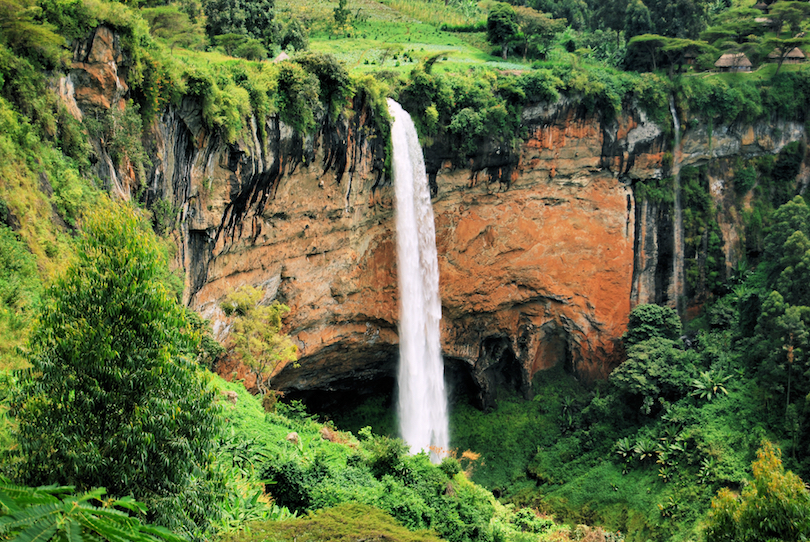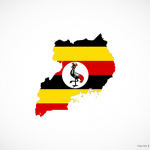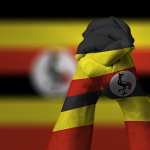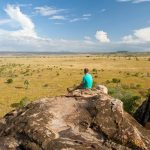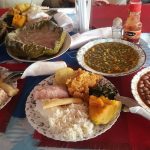Tourism in Uganda is focused on Uganda’s landscape and Wildlife. Uganda has a very diverse culture, landscape, flora and fauna. In the late 1960s, Uganda had a prosperous tourist industry with 100,000 visitors each year. Tourism was the country’s fourth largest earner of foreign exchange. The tourist industry ended in the early 1970s because of political instability. By the late 1980s, Uganda’s political climate had stabilized and conditions were suitable for re-investment in Uganda’s tourist industry.
However, the loss of charismatic Wildlife in previously popular safari parks such as Murchison Falls National Park and Queen Elizabeth National Park prevented these parks from competing with similar tourist attractions in neighbouring Kenya and Tanzania. Uganda’s tourist industry insteady promoted its tropical forests. The keystone of the new industry became Bwindi Impenetrable Natinal Park. With more than 300 Mountain Gorillas, Bwindi Impenetrable National Park has approximately half of the world’s population of Mountain Gorillas. About three quarters of Uganda’s tourists are from other African countries.
Kenya, which borders Uagnda, is the biggest source of tourists to Uganda, making up almost half of all arrivals into the country. The number of visitors from Tanzania, Rwanda, the Democratic Republic of the Congo, and Sudan is quite low. As Uganda is a landlocked country, it is very dependent on connections through Kenya for most of its transport. International travelers sometimes prefer to fly into Nairobi before connecting to Uganda’s capital Kampala as this is often cheaper.
Tourism in Uganda is an important generator of foreign exchange, high-end employment and investment. There has been increased investment in tourism, particularly in travel accommodation and related facilities, this has enhanced tourists experience in the country. Adventure tourism, eco tourism, and cultural tourism are being developed.
Internal and axternal security threats can cause issues for Uganda’s tourism industry. The conflicts in neighbouring southern Sudan and the eastern Democratic Republic of the Congo often create cross- boarder conflicts that have damaged the development of tourism in the country, such as the killing of tourists in the Rwenzori Mountains National Park.

